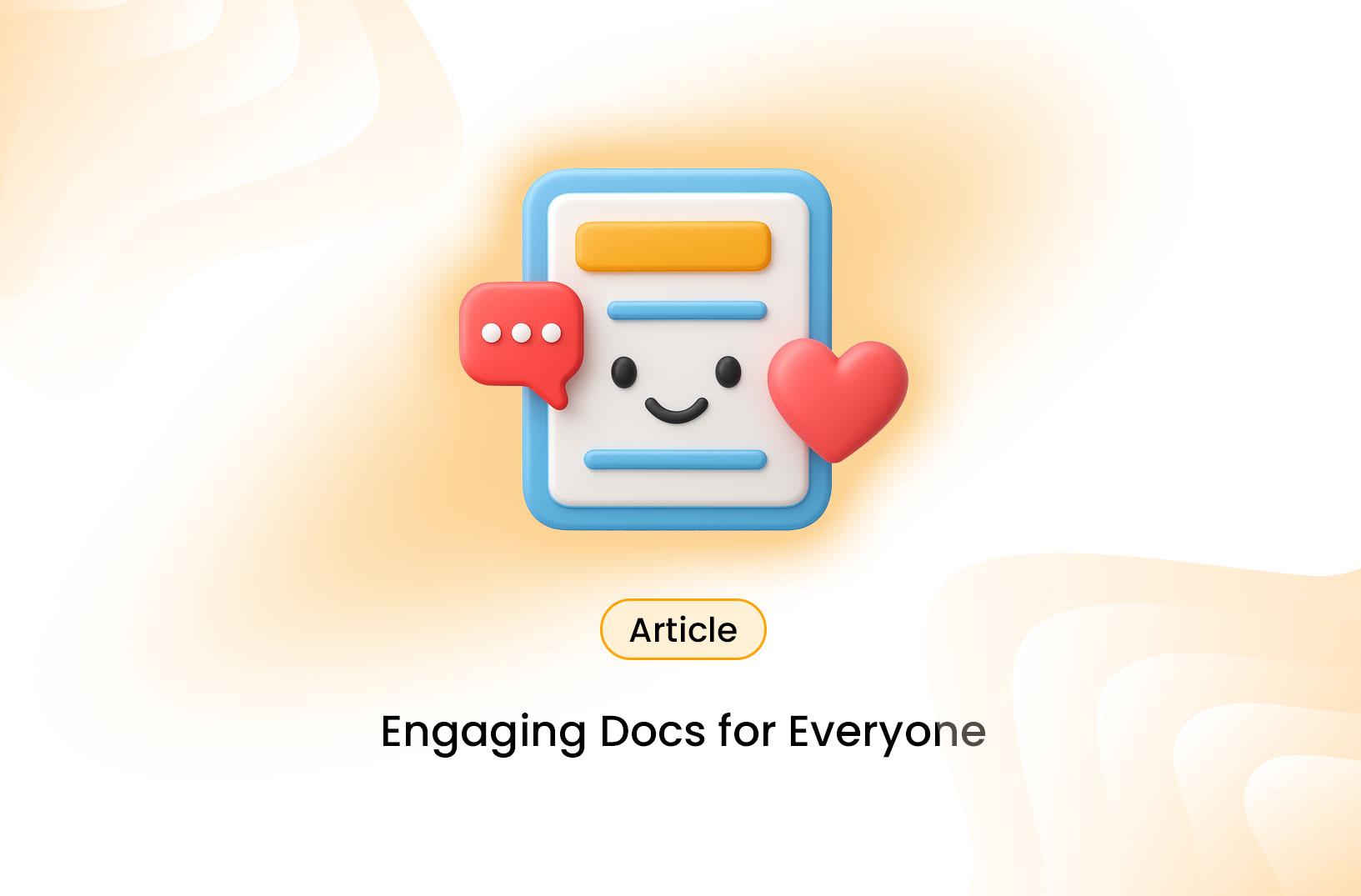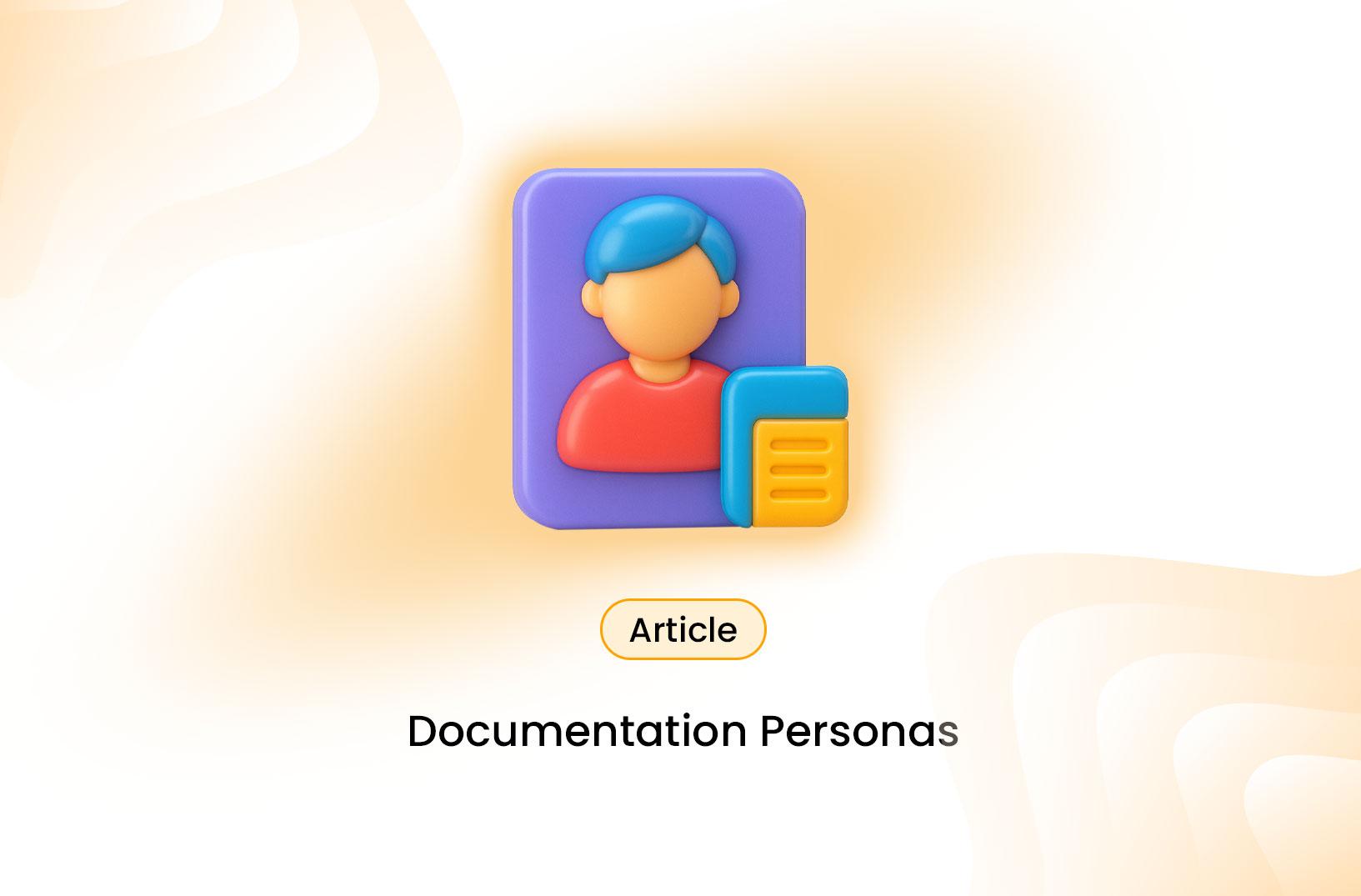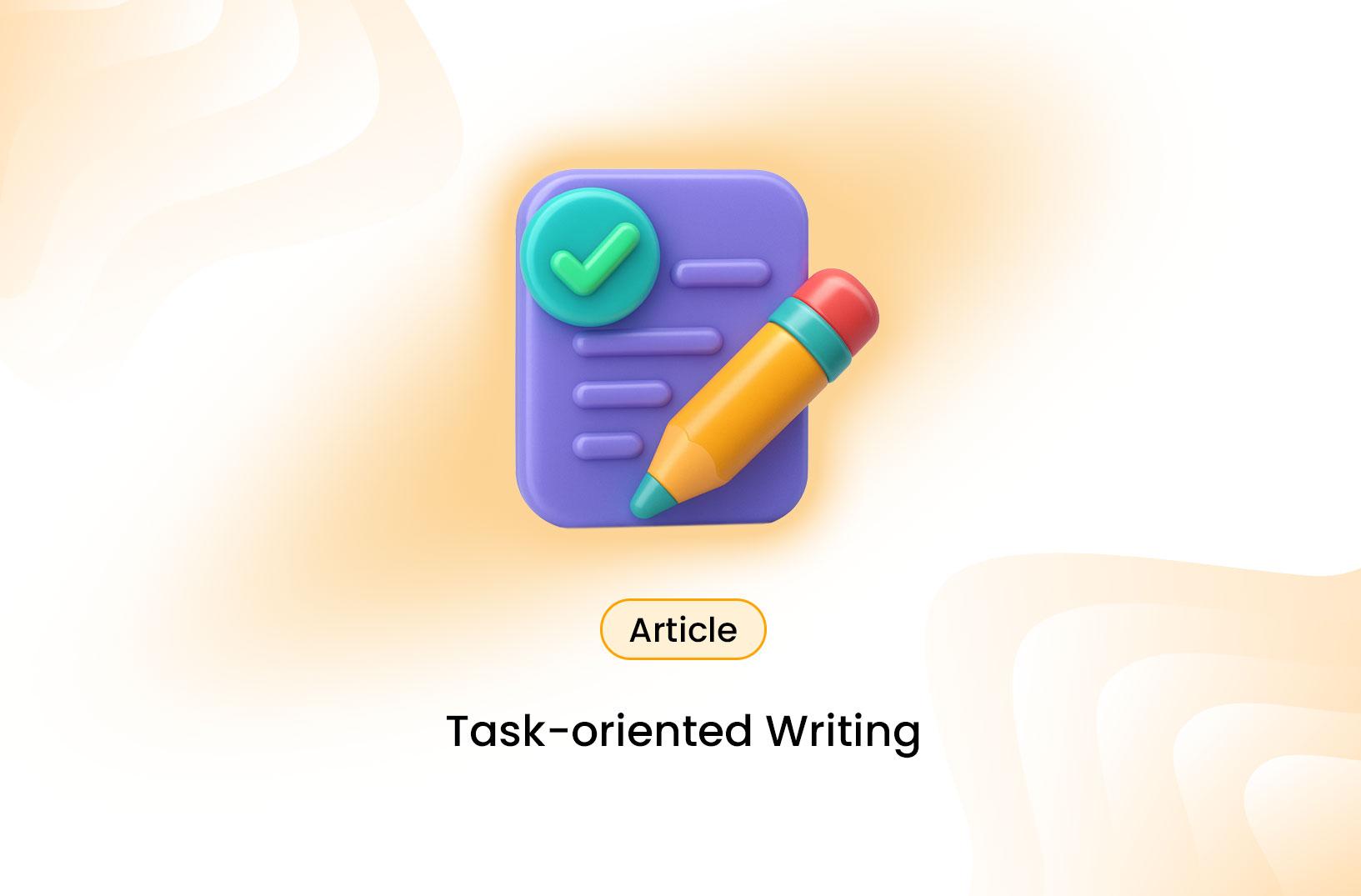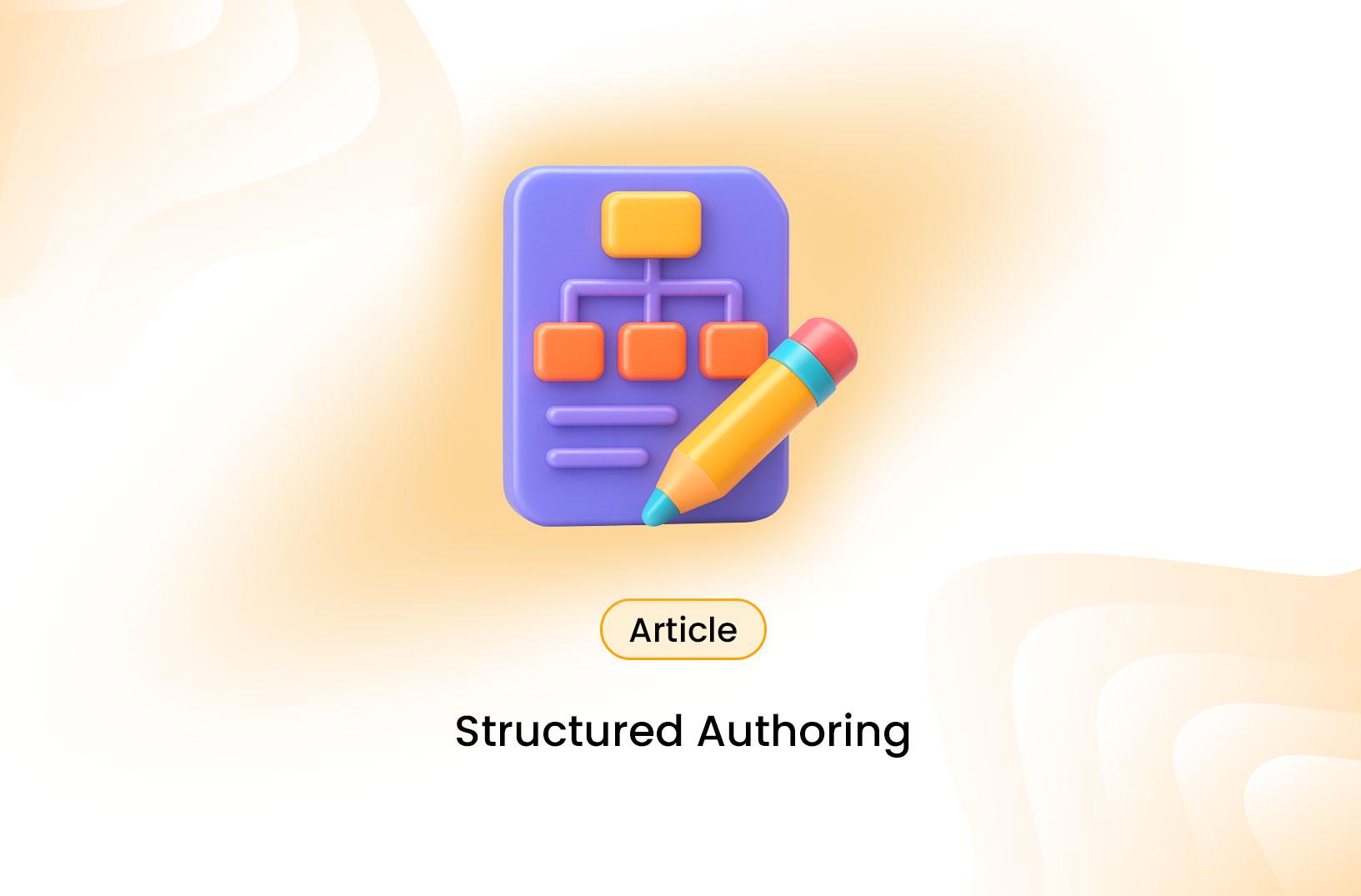Great documentation doesn't just explain — it engages.
Whether you're building an API, SDK, or software platform, your documentation plays a huge role in how developers and users experience your product.
But here's the truth: most documentation fails not because it's inaccurate, but because it's uninspiring, unclear, or hard to navigate.
In this guide, we'll explore how to make your documentation more engaging, useful, and user-friendly — so developers actually want to read (and use) it.
1. Know Your Audience
Before you start writing, understand who you're writing for.
Is your documentation meant for experienced developers, product managers, or non-technical users?
The more clearly you define your audience, the easier it is to choose the right tone, level of detail, and examples.
Tip: If you have multiple audiences, create separate sections or guides (for example, “Developer Guides” vs “User Guides”).
2. Write with Clarity and Purpose
Developers are busy. They don't read documentation like a novel — they scan for solutions.
To keep readers engaged:
- Use short sentences and active voice
- Avoid unnecessary jargon or filler words
- Break content into clear, labeled sections
- Use headings, lists, and tables to improve readability
Each sentence should answer a question or move the reader closer to solving their problem.
3. Start with Real, Working Examples
Nothing builds trust faster than showing real code that actually works.
Examples help users understand your product faster than paragraphs of text ever could.
Best practices:
- Include copy-pasteable code snippets
- Use realistic variable names
- Show both input and output examples
- Provide context for each snippet (“Why does this work?”)
When possible, make examples interactive — let users test API calls, toggle options, or modify code inline.
4. Organize Your Docs Like a Journey
Think of your documentation as a guided experience, not just a reference.
The most engaging docs follow a clear flow:
- Quickstart Help users get something working in 5 minutes
- Tutorials Step-by-step examples that build confidence
- Reference Complete API or feature documentation
- Concepts Deep dives into how things work
This structure ensures beginners and experts can both find what they need — without getting lost.
5. Use Visuals and Diagrams
A well-designed diagram can explain what paragraphs cannot.
Visuals break up long sections and make complex processes easier to understand.
Consider adding:
- Flowcharts for API calls or data flow
- Architecture diagrams
- Screenshots with labels
- Comparison tables for options or parameters
Pro tip: Keep visuals simple and consistent with your brand's design style.
6. Encourage Interaction and Feedback
Great documentation evolves over time.
Invite users to share feedback — whether it's through a “Was this helpful?” button, a GitHub issue link, or a feedback form.
By engaging your users in the improvement process, you'll:
- Discover unclear sections faster
- Build trust with your developer community
- Show that you care about user experience
7. Keep It Up to Date
Nothing kills credibility faster than outdated docs.
Set up a process to review and update content regularly — especially after product updates or API changes.
You can also automate checks using tools like:
- Doc linting to catch broken links
- Version control to track changes
- Release notes that link back to updated docs
When your documentation is current, users trust it — and by extension, your product.
8. Add Personality (Yes, Even in Docs)
Who says documentation has to be dry?
A bit of personality makes content more human and easier to read.
Simple touches can go a long way:
- Use friendly, encouraging language
- Add short “pro tips” or notes in callout boxes
- Celebrate small wins (“You did it! Your API call works!”)
Developers appreciate authenticity. Make them feel like they're learning from a knowledgeable friend, not a corporate manual.
9. Integrate Search and Navigation
Even the best-written documentation fails if users can't find what they need.
Make navigation effortless with:
- A clear sidebar or table of contents
- Search that supports partial matches and keywords
- Breadcrumbs and back-to-top buttons
- Cross-links between related pages
The faster users find answers, the better their experience — and the more likely they'll come back.
10. Measure Engagement
Use analytics tools to understand how people interact with your documentation.
Track metrics like:
- Most visited pages
- Time on page
- Drop-off points
- Search queries with no results
These insights help you continuously improve your docs and prioritize updates where users struggle most.
Conclusion
Engaging documentation doesn't happen by accident — it's the result of empathy, clarity, and consistent improvement.
When you combine clear explanations, real examples, and user feedback, your documentation becomes more than just a manual — it becomes a bridge between your product and your users.
Great docs don't just tell people what to do.
They make people want to build, explore, and succeed with your product.




